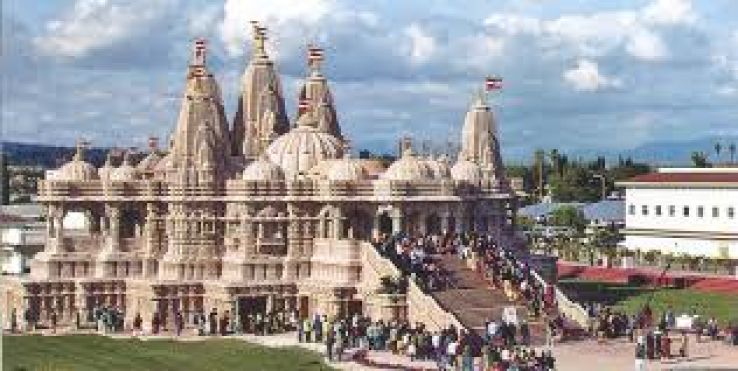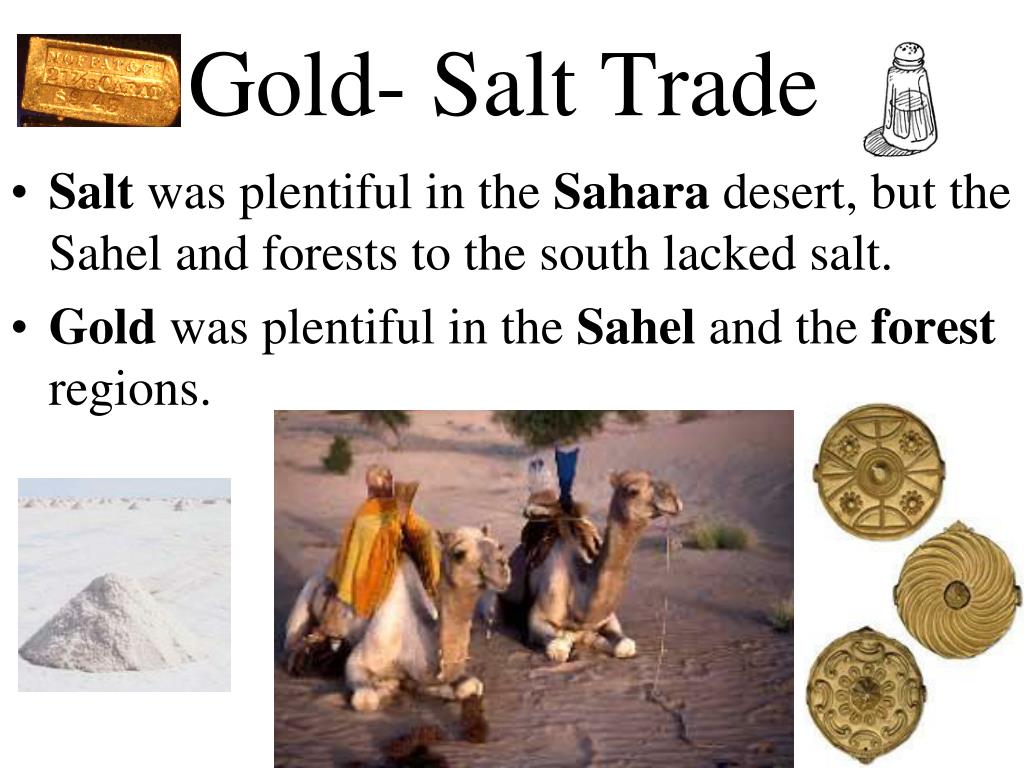The Historical Significance Of Khambhat's Salt Trade
Share

Nestled along the western coast of India, Khambhat (formerly known as Cambay) boasts a rich history that intertwines with the salt trade, a vital economic activity that has shaped its cultural and social landscape for centuries. This article delves into the historical significance of Khambhat's salt trade, exploring its origins, evolution, and impact on the region and beyond.
The Origins of Salt Trade in Khambhat

The salt trade in Khambhat dates back to ancient times, with references found in historical texts that highlight the region's strategic location along the Arabian Sea. The natural salt flats and the proximity to the Gulf of Khambhat made it an ideal site for salt production. The trade flourished during the medieval period, particularly under the rule of various dynasties, including the Sultanate of Gujarat.
Salt was not merely a commodity; it was a crucial preservative that allowed for the storage and transportation of food. As such, it played a significant role in trade networks, connecting Khambhat to various regions across India and beyond. The salt trade contributed to the economic prosperity of the area, attracting merchants and traders from distant lands.
The Economic Impact of Salt Trade

The economic ramifications of the salt trade in Khambhat were profound. Salt became a staple in trade exchanges, leading to the establishment of bustling markets and trade routes. The region's economy thrived as local producers engaged in salt extraction and distribution, creating jobs and fostering community development.
Khambhat's salt trade also influenced the broader economy of Gujarat. The salt produced here was not only consumed locally but also exported to other parts of India and overseas. This trade network facilitated cultural exchanges and the spread of ideas, contributing to the region's rich tapestry of diversity.
Cultural Significance of the Salt Trade
The salt trade in Khambhat was not solely an economic endeavor; it also played a crucial role in shaping the cultural identity of the region. The influx of traders and merchants from various backgrounds led to a melting pot of cultures, traditions, and languages. Festivals, culinary practices, and local customs were enriched through these interactions.
Moreover, the salt trade fostered a sense of community among the local population. Salt workers and traders formed close-knit networks, sharing knowledge and resources. This camaraderie contributed to the resilience of the community, especially during challenging times, such as droughts or economic downturns.
The Decline of the Salt Trade
Despite its historical significance, the salt trade in Khambhat faced challenges in the modern era. The advent of industrialization and the introduction of alternative methods for salt production led to a decline in traditional salt extraction practices. Additionally, changes in trade policies and competition from other regions further impacted the salt trade's viability.
However, the legacy of Khambhat's salt trade remains evident in the region's cultural heritage and historical landmarks. Efforts to preserve this history are crucial for future generations to appreciate the significance of this once-thriving industry.
Visiting Khambhat Today
For travelers interested in exploring the historical significance of Khambhat's salt trade, the city offers a unique blend of history, culture, and natural beauty. Here are some key attractions and activities to consider:
Key Attractions
- Khambhat Fort: A historical fort that provides insights into the region's past and offers stunning views of the surrounding landscape.
- Local Salt Pans: Witness the traditional methods of salt extraction and learn about the processes involved.
- Cultural Festivals: Participate in local festivals that celebrate the region's rich heritage and traditions.
- Nearby Temples: Explore ancient temples that reflect the architectural styles and religious practices of the area.
Best Time to Visit
The ideal time to visit Khambhat is between November and February when the weather is pleasant and conducive for outdoor activities. During this period, temperatures range from 15°C to 25°C (59°F to 77°F), making it comfortable for sightseeing.
Weather Information
Khambhat experiences a tropical climate, with hot summers and mild winters. The monsoon season, from June to September, brings heavy rainfall, which can impact travel plans. Therefore, planning your visit during the winter months is advisable for a more enjoyable experience.
Conclusion
Khambhat's salt trade is a testament to the region's historical and cultural significance. From its origins as a vital economic activity to its impact on local communities and culture, the salt trade has left an indelible mark on Khambhat's identity. As you plan your visit to this fascinating city, take the time to appreciate the rich history that has shaped its landscape and the stories that continue to resonate through its streets.
For those eager to explore Khambhat, consider booking your accommodations and flights through these links for a seamless travel experience: Hotels & Flights and Transfers. Embrace the opportunity to witness the historical significance of Khambhat's salt trade firsthand, and immerse yourself in the vibrant culture of this remarkable city.



